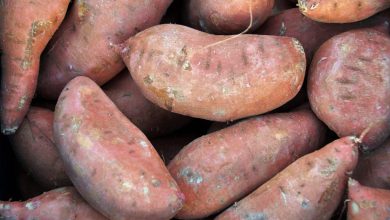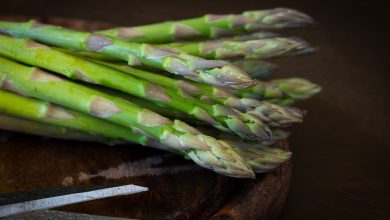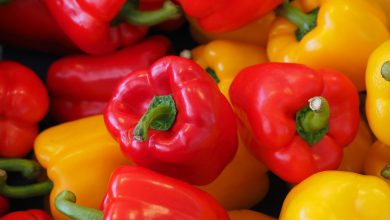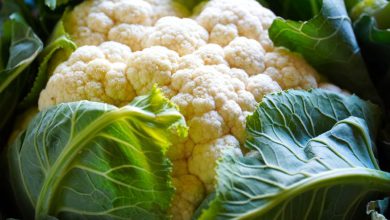Can Bearded Dragons Eat Raspberries?
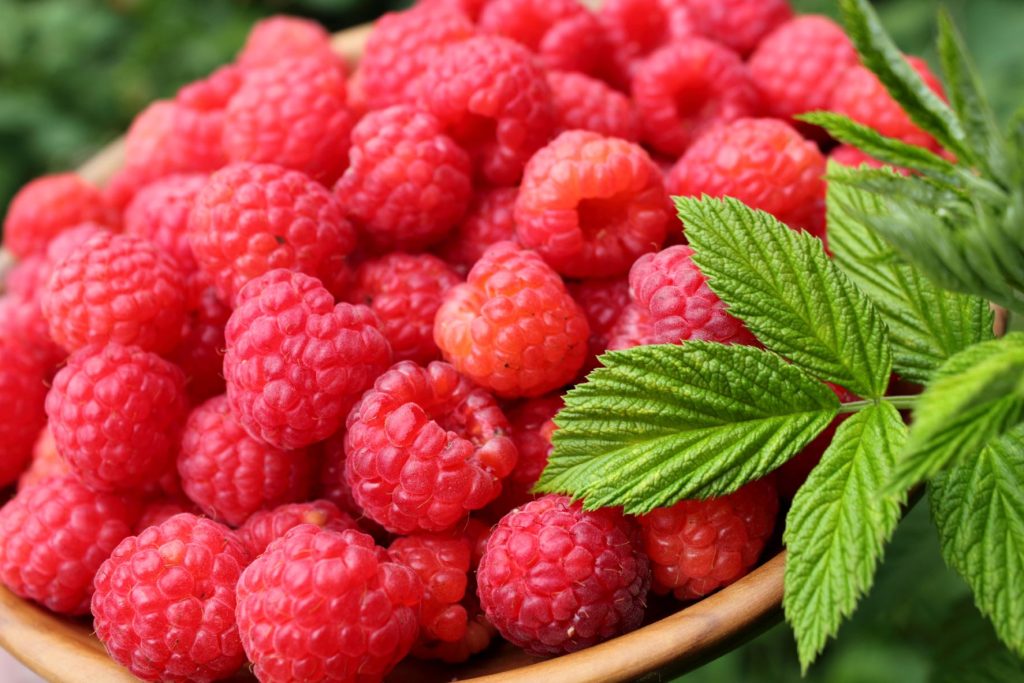
Raspberries are often available very cheaply when they’re in season, which is typically through summer and into fall.
They’re also incredibly easy to grow at home, requiring very little effort in exchange for a huge crop. This potentially makes them an ideal source of food for your bearded dragon.
The good news is that bearded dragons can eat raspberries safely. While moderation is key, they can form a useful part of your bearded dragon’s diet.
As you’re about to discover, raspberries are actually packed with nutrients that can benefit your bearded dragon.
How Often to Feed Raspberries To a Bearded Dragon

Raspberries should be considered an occasional treat for bearded dragons, rather than a staple part of the diet. While they do contain useful nutrients they are very high in oxalates (which we’ll cover in more detail later) while having a poor calcium to phosphorus ratio.
On the upside, they add variety to your bearded dragon’s diet, taste great and also contain a range of useful vitamins and minerals.
Nutrients Found in Raspberries
When it comes to feeding plant matter to bearded dragons, the general rule of thumb is to focus more on vegetables and less on fruit.
The simple reason for this is that fruit tends to be higher in sugar (and hence calories). That’s why it tastes so much sweeter than, say, a bowl of kale.
Higher calorie foods should be fed in moderation, as too much can result in pet bearded dragons putting on excessive weight. This can lead to health issues or a shorter lifespan.
However while raspberries are obviously a fruit, the picture isn’t quite so clear here. And that’s a good thing. You see, if you’ve ever eaten raspberries then you’ll know they have a certain “tartness” to them. They’re not as sugary as some other fruits like bananas or strawberries can be.
Furthermore, nutritionists have discovered that raspberries actually have a very high fiber content. This means that less sugar is likely to be digested from raspberries as they pass effortlessly through the digestive system.
These two elements – lower sugar levels and higher fiber levels – means that raspberries can be considered one of the better fruits to feed your bearded dragon. Better, but as we’ll see shortly, but not perfect.
Raspberries are packed with vitamins and minerals that play an important role in the health of your bearded dragon. For example fresh raspberries are known to contain:
- Vitamin A
- Vitamin C
- Vitamin E
- Vitamin K
They also contain useful minerals including calcium, magnesium and potassium, which can all play a role in a strong and healthy skeleton.
Oxalic Acid Levels in Raspberries
Oxalic acid is an important consideration when deciding what to feed your bearded dragon. Without getting too deep into the chemistry, oxalic acid can prevent calcium from being absorbed from the diet. And as we all know, calcium is crucial for building and maintaining a healthy skeleton.
We also know that diurnal lizards like bearded dragons are at risk of weakened skeletons, which can cause serious health implications.
So, in brief, we want to give your bearded dragon a diet with low levels of oxalic acid wherever possible.
It is therefore unfortunate that raspberries have 48 mg of oxalic acid per cup. That’s considered “very high”. While I know that 48mg probably doesn’t mean very much, to put it into context, broccoli has just 1mg as do bell peppers.
This doesn’t mean you should completely dismiss raspberries as a food source for your bearded dragon, but more that you should only feed them in moderation. Just one or two fruits now and again. The rest of your bearded dragon’s diet can be made up of low-oxalic acid foods to counterbalance the effects.
Calcium:Phosphorus Ratios in Raspberries
An optimal calcium to phosphorus ratio for pet lizards is considered to be 2:1. That is to say, there will ideally be twice as much calcium as there is phosphorus.
So how do raspberries stack up? Well, not great is the honest answer.
The calcium:phosphorus ratio of raspberries is 0.9:1.
This means the levels are almost equal. Put another way, the calcium level is essentially half what it would ideally be. This means that raspberries should be considered a low calcium food as far as bearded dragons are concerned.
This adds extra fuel to the fire in suggesting that raspberries should ideally be considered an occasional treat rather than a staple part of your bearded dragons diet.
However there is a reasonably simple solution to the calcium issue. It is entirely possible to supplement your bearded dragon’s diet with a reptile-safe calcium powder formulation. This can correct the deficiencies found in their diet and ensures your beardie has all the minerals necessary to maintain a healthy skeleton.
How to Prepare Raspberries for Your Bearded Dragon
Raspberries are super-simple to prepare for your bearded dragon, with no special techniques required.
Wash the Fruit
Start off by washing the raspberries to ensure any pesticides or other chemicals have been removed from the surface. Simply place them under running water for a few seconds to achieve this.
Feed Whole or Chopped
Raspberries can be fed whole or chopped. Chopping them into two pieces is often preferable, especially for smaller bearded dragons. This allows you to mix them up with other food items to create a balanced meal. While ripe raspberries are soft and juicy, chopping them means less chance of an over-enthusiastic bearded dragon choking on them.
Consider a Calcium Supplement
As a low-calcium food, you might want to consider dusting raspberries with a reptile-safe calcium powder. This increases the nutritional value of the fruit. An alternative is to be sure to include higher calcium ingredients alongside. Some examples of these include cabbage, kale, chard and papaya.
Place Into a Food Bowl
The juice from raspberries is as red as the fruits themselves. Raspberries can therefore be a messy fruit to feed, with the risk of red staining around your bearded dragon cage. Placing the fruit onto a bowl means that hopefully any juice will land in the bowl. After feeding be sure to check the substrate around the bowl, and spot-clean as necessary.
